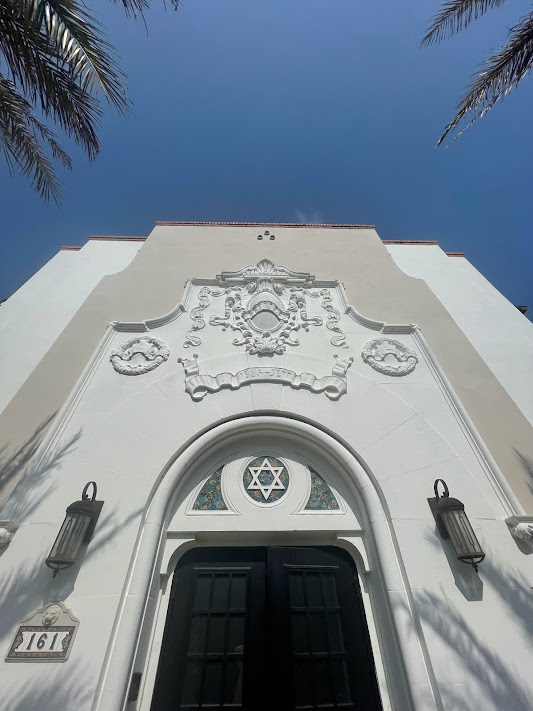The Lightner Museum
St. Augustine, Florida
March 10, 2022
Prior to being a museum, the Lightner Museum was a hotel created by Henry Flagler. Otto Curtis Lightner started out as a typer for The Daily Journal newspaper for Kansas City. He became the president of the Associated Trade Press Company which then led him to the start of his own company The Lightner Publishing Company. Lightner made a magazine named Hobbies where he showed off his collections of antique furniture, coins, rocks, minerals, glassware, autographs, stamps, and so much more. The Alcazar Hotel was bought by Lightner in 1947 as a place to store all of his collections. Currently it is a museum for people to see all of collectibles as well as a restaurant that elaborately stands in St. Augustine on King Street.
Lightner Museum Website: https://lightnermuseum.org
Exterior Picture 1
Exterior Picture 2
Walking through the initial entrance brings you too an extravagant courtyard with a fountain, mini bridge, and plenty of vegetation.
Artifact Picture 1
Lithography is an iconic printing process of the 1880s. The process is explained as printing from a flat surface where grease is placed on areas where the ink should stick and not placed where the the ink should not stick or the areas of open space. This is an example of a lithograph printed on parchment done by an unknown artist. The artifact is expected to have come from a Victorian home in Chicago where Lightner had lived. This piece was added to his collection around 1930 and it goes with many of his glasswork pieces.
Artifact Picture 2
Louis Comfort Tiffany was a significant man in the discipline of art, glasswork specifically. His discovery for his love of working with glass started in 1875 where he mainly focused on stained glass pieces. The unique designs and transformation of glass to art made him America's first, and best, glass creator. His business, Tiffany Studios, biggest customer was Louis Comfort Tiffany and he collected his artwork for years.
Image 1 In Conversation
https://visualculturelc.blogspot.com/search/label/A%20History%20of%20VC%20Chapter%202
Analyzing the first artifact pictured previously in the blog, there are numerous messages we can take from the clothing, to the scenery, to the color scheme. It is very similar to this piece of artwork named "Liberty Leading the People" by Eugene Delacriox. Both have characteristics that challenge the authority of male leadership.
Image 2 In Conversation
Literature In Conversation
Excerpt from "Sonnet XVII" by Pablo Neruda
"I don't love you as if you were a rose of salt, topaz / or arrow of carnations that propagate fire: / I love you as one loves certain obscure things,"
The speaker is convincing the subject of his writings that he doesn't love them in the generative way that people adore these precious things. A salt-rose, topaz, and the alluring arrow on fire, are all objects that catch the attention of common people. These are objects traditionally loved by everyone, however, the speaker is saying that his love isn't traditional or typical. His love for her is much deeper than the surface level of the beauty that is adored by these signs of love.
This is contrary to what Otto Lightner and his museum represent. Otto Lightner is a collector of all things commonly admired by people. Lightner Museum is filled with incredible collections that are respected by everyone that visits and especially Lightner himself. In opposition to the way that the speaker of Pablo Neruda's sonnet expresses his affection for his lover, Otto Lightner is a collector of the typically cherished items that attract the eye of individuals.
Creative Component











No comments:
Post a Comment